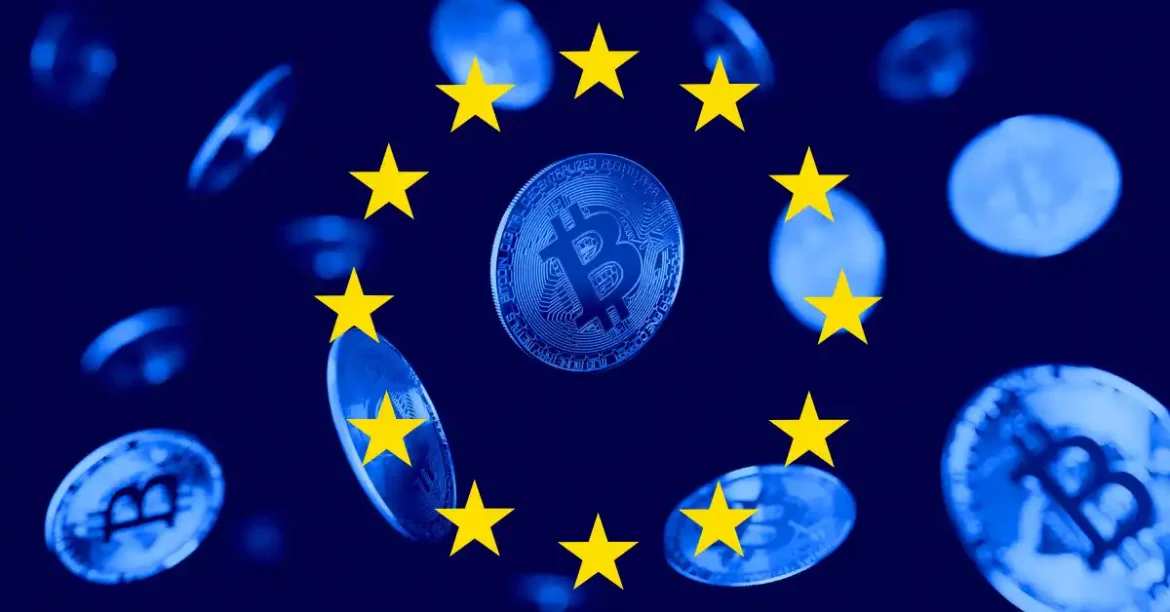Navigating the European Union’s MiCA Crypto Regulations: Ambitions, Challenges, and Industry Reactions
The European Union’s foray into comprehensive cryptocurrency regulation, embodied in the Markets in Crypto-Assets Regulation (MiCA), marks a pivotal moment for the global digital asset ecosystem. With crypto markets ballooning into multi-trillion-dollar valuations, the EU aims to stabilize and integrate these volatile assets under regulatory frameworks akin to traditional financial instruments. However, early implementation hurdles, diverging national applications, and industry pushbacks highlight the complexities involved in regulating this rapidly evolving space.
—
The Vision Behind MiCA: Harmonizing Crypto with Traditional Finance
At its core, MiCA endeavors to impose standard regulatory norms across the EU for crypto-assets. Approved by the EU Parliament in April 2023 and formally coming into effect by late 2024, MiCA signals an ambitious regulatory horizon. Its goals include:
– Consumer Protection and Market Integrity: Bringing rigorous oversight to a market notorious for fraud and volatility.
– Financial Stability: Ensuring stablecoins and cryptocurrencies do not undermine the financial system, especially given stablecoins’ increasing banking-like roles.
– Unified Licensing: Creating a one-stop license allowing crypto companies to operate across all member states, replacing patchy national regulations.
Together with related regulations such as the Transfer of Funds Regulation and Digital Operational Resilience Act, MiCA forms a comprehensive framework that places crypto-assets under bank-like supervisory scrutiny while obliging crypto firms to meet stringent anti-money laundering (AML) mandates.
—
The Controversy of Fast-Track Licensing and National Divergences
While MiCA’s intention is uniformity, its initial implementation has triggered significant debate and backlash. The crux of the issue lies in how individual EU countries are rolling out licenses. Nations like Malta and Latvia have introduced fast-track licensing programs:
– Malta’s Expedited Licenses: Known for a crypto-friendly stance, Malta has issued licenses to major players such as Gemini, founded by the Winklevoss twins. While this accelerates market access, some regulators criticize the pace as too hasty, raising concerns about thoroughness.
– Latvia’s Competitive Positioning: Latvia emerges as a frontrunner in regulatory readiness, leveraging fast-track approvals to attract crypto firms, thus stimulating competition within the EU.
This fragmented approach risks diluting MiCA’s efficacy. If licensing standards and enforcement rigor vary widely, regulatory arbitrage could undermine consumer protection and financial stability. This also threatens to recreate the very market fragmentation MiCA intended to eliminate.
—
Industry Reactions: Anticipation Amid Apprehension
Crypto firms and industry insiders have displayed a mixed response:
– Eager Adoption by Giants: Firms like Coinbase anticipate obtaining licenses, paving their way into the EU market with clarity and legitimacy. This regulatory clarity can drive institutional confidence and encourage innovation.
– Fears of Exclusion: Some commentators warn that stringent requirements may marginalize smaller or emerging players, potentially consolidating market power within a few ‘big coin players,’ thereby reducing competition.
– Concerns over Policy Ambiguities: Despite MiCA’s framework, leading crypto lawyers and analysts point to unresolved topics and unclear provisions, such as stablecoin definitions or operational protocols, that leave companies cautious.
– Risk of Driving Users Overseas: Critics worry the regulatory burden and slower adaptation may push users and firms to riskier, less-regulated overseas platforms, exacerbating consumer risk rather than mitigating it.
—
Privacy Coins and Enforcement: The Hardline Anti-Money Laundering Approach
An explicit and controversial facet of the EU’s updated crypto policy regime targets privacy coins. By mid-2027, the EU plans a full ban on certain privacy-centric cryptocurrencies as part of its expanded AML framework. This reflects a strong regulatory stance:
– Privacy vs. Compliance: While privacy coins advocate anonymity and resist surveillance, regulators emphasize the necessity to track illicit activities such as money laundering and terrorism financing.
– Message to the Market: Crypto can remain within the EU ecosystem but must adhere strictly to transparency and compliance norms, signaling zero tolerance for tools perceived as undermining financial security.
—
National Regulatory Fragmentation: Threats to MiCA’s Promise
Despite MiCA’s EU-wide umbrella, member states continue displaying uneven commitment and capacity to enforce the regulation uniformly:
– Some nations lag in adapting their national frameworks or lack resources to implement supervisory protocols effectively.
– This uneven enforcement hampers market confidence and challenges the EU’s position as a unified crypto regulatory zone.
– National flaws risk not only consumer protection but also the overall credibility and competitiveness of the EU crypto market on the global stage.
—
Looking Ahead: The Path Toward a Balanced Crypto Ecosystem
By 2025, EU crypto policies will further crystallize amid divergence pressures from US regulations and global policy trends. Ensuring MiCA’s success requires:
– Greater Coordination Among Member States: Harmonizing enforcement priorities and licensing processes to curb regulatory arbitrage.
– Clear, Detailed Guidelines: Addressing ambiguities around emerging asset classes, operational compliances, and stablecoin governance to give firms the certainty needed.
– Balancing Innovation and Security: Crafting regulations that protect consumers and financial stability without stifling innovation or pushing activity underground.
– Continuous Dialogue with Industry: Engaging crypto companies to translate regulatory goals into practical and scalable frameworks.
—
Conclusion: MiCA’s Ambitious Yet Imperfect Journey
The EU’s Markets in Crypto-Assets Regulation represents a milestone in cryptocurrency governance, signaling an evolution toward mature, bank-like oversight in an industry long defined by fragmentation and regulatory gaps. However, early implementation reveals the hard realities of regulating a global, fast-moving, and decentralized asset class within diverse political and economic landscapes.
Fast-track licensing disputes, national regulatory inconsistencies, policy ambiguities, and radical measures like privacy coin bans underscore the complex balancing act: fostering innovation and competitiveness while safeguarding market integrity and consumer trust. The success of MiCA will ultimately hinge on the EU’s ability to unify its member states’ regulatory approaches, refine its frameworks, and grow its crypto ecosystem without succumbing to fragmentation or inviting regulatory arbitrage.
This journey underscores that in the world of crypto regulations, the road to harmony is as challenging as the technology is transformative.





